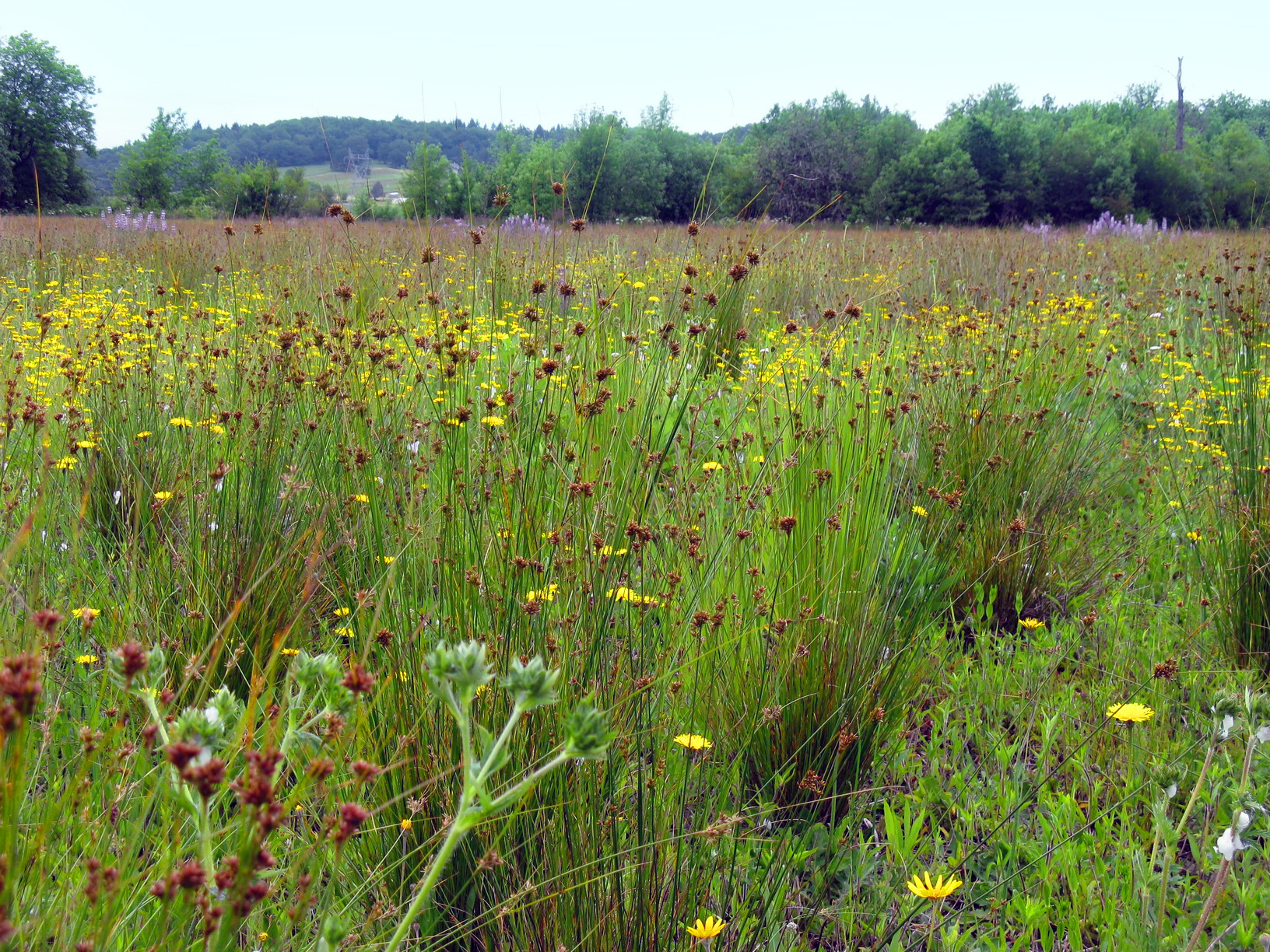
Nature as Model and Mentor:
Biomimicry and Ecosystem Restoration
By Gayil Nalls
Sign up for our monthly newsletter!
In the early 1990s Mark and Jean Shepard bought a degraded 106-acre corn field in Viola, Wisconsin, and over the following decades, restored it to the native oak savanna it had once been long ago, while also creating a natural perennial farm of native flora, growing chestnuts, hazelnuts, apples, cherries and more. Mark wrote the book Restoration Agriculture about how to imitate nature’s explicit formulas for success known through biomimicry. Filmmaker Kirsten Dirksen chronicles their ongoing hands-on story told by Mark in the informative video Homestead Paradise which can be viewed on YouTube.
Biomimicry draws inspiration from nature by emulating biological processes, systems, and structures so that we can achieve new compatible products and systems. This approach is being applied to many fields; however, biomimicry is playing a particularly important role in guiding ecosystem restorations. By understanding how plants interact with their environment and contribute to the ecological balance, degraded land can be restored, resembling the forms and functions of local healthy nature.
A big problem around the world is the challenge of bringing back natural habitat to areas degraded by deforestation, desertification, and agricultural mismanagement. The most promising innovative, and holistic approaches for restoring these areas to ecological harmony involve drawing inspiration from nature’s strategies through biomimicry. In the West and elsewhere, river and stream, and wetland restoration projects, are using beaver mimicry structures to help restore aquatic habitats with great success. These low-tech water constructions are often made from woven willow branches stabilized by wood pilings or river rock structures.
The fields of plant conservation and biomimicry both share a common interest in understanding and learning from the natural world and a responsible and sustainable approach to problem-solving. In addition to exclusively conserving nature, we must understand, imitate, and value it as fundamental to culture and ecosystem services. Biomimicry is currently playing a vital role in our understanding of why we must preserve forests and other plants for their carbon sequestration and is enhancing our insights for the creation of carbon capture and storage technologies including biomimicry filters. To address the pollinator crisis, the field of robotics is studying plant-pollinator interactions to design robots and drones that mimic the pollination process. Insect-inspired robots, such as Robo Bees guided by artificial intelligence (AI) are already supporting vertical farming operations.
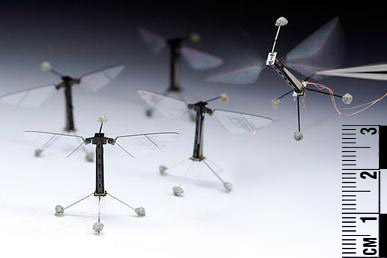
Throughout human time, plants have been the traditional source of medicinal treatments. Efforts to conserve rare and endangered plant species, many with important medicinal properties, are being aided now by biomimicry research and screening methods identifying novel bioactive compounds, and increasing a reconnect with the ethos of biodiversity conservation.
Biomimicry Ecosystem Restoration initiatives begin by profoundly studying the closest healthy, thriving ecosystems and understanding what species and solutions are at work. What varieties of native plant selections should be mimicked? How are these species interacting and how are nutrients being recycled? This process helps in selecting native plants well adapted to the local environmental conditions and that naturally contribute to soil stabilization, water systems, and nutrient recycling. The goal is to restore biodiversity and create polyculture with diverse species of plants and animals that offer broad ecosystem services supporting each other. A traditional example of polycropping is the Three Sisters method where beans, corn, and squash are grown together. The three different plants service each other by corn providing support for beans to grow upward, beans producing nitrogen, and squash covering the ground to protect the plants from weeds and help retain moisture.
The key to reversing land degradation is understanding the processes taking place in healthy areas that are replenishing the soil and improving its health. This will help with soil management strategies for the degraded soil areas and depleted soil carbon. For instance, it is imperative to identify what plants, microorganisms, and fungi, are present in healthy local ecosystems that can inform the soil strategy for the degraded area.
Biomimicry uses the ingenious systems that nature has evolved over eons, allowing for the transformation of a degraded system. A restored ecosystem becomes resilient, functional, and productive. Monitoring the ecosystem over the years allows for adjustments and adaptive management for changing conditions.
Overall, combining the principles of biomimicry and plant conservation can lead to sustainable solutions. These paired practices not only benefit human societies but increase the efficiency and resilience of natural ecosystems making it possible for all to thrive. The wisdom of nature is a great mentor.
Gayil Nalls is an interdisciplinary artist, gardener, and conservationist. She is the founder of World Sensorium / Conservancy and editor of its journal Plantings.
Plantings
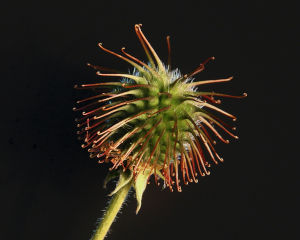
Ingraining ‘Nature’ into ‘Human Nature’
By Shreya Bhagwat
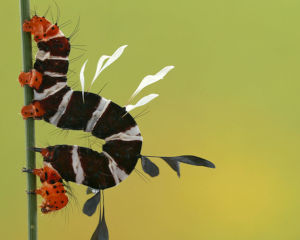
The Very Hungry Caterpillar and the Ecosystem
By Katharine Gammon
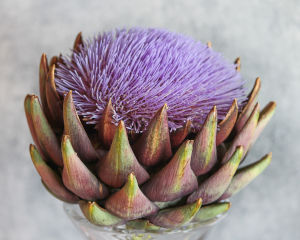
The Artichoke Blossom, an Exploding Castle
By Sam Stoeltje

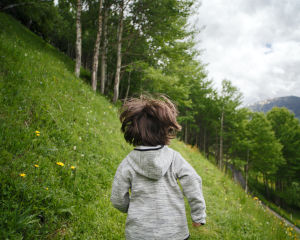
Fostering a Deeper Connection with Plants in the UK
By Katherine Moore

Eat More Plants Recipes:
Aussie Energy Balls
By Maria Rodale
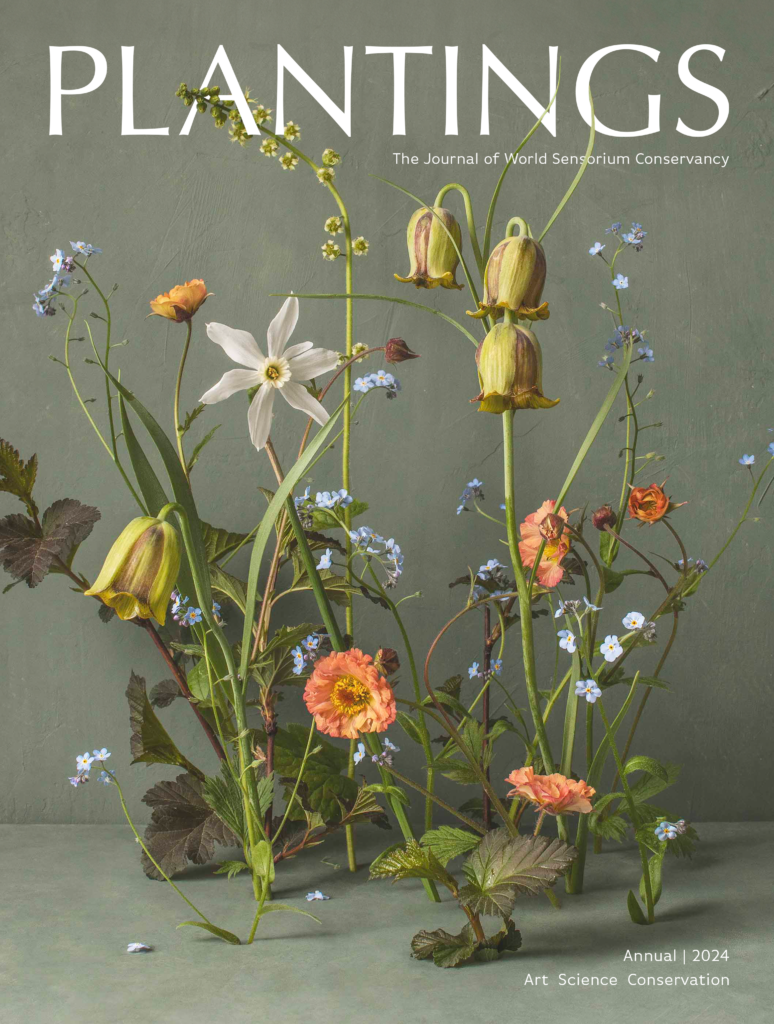
Plantings Print Annual 2024
Do you have the 2024 Plantings print annual?
Plantings cultivates innovative ideas and fresh perspectives, nurturing the global conservation community. Our readers find inspiration in forward-thinking individuals and approaches dedicated to fostering a better life for the planet and all its inhabitants.
The 2024 edition of Plantings is available in our store for shipping.


